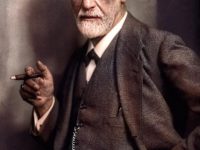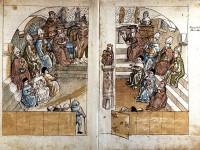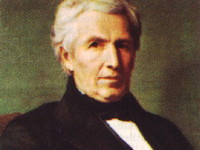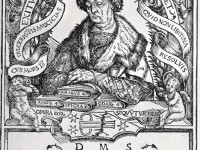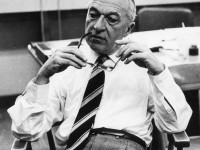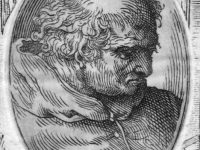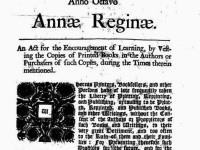Sigmund Freud’s Structural Model of the Human Psyche
On April 24, 1923, Sigmund Freud‘s seminal paper “The Ego and the Id” was published, in which he first introduced his structural model of the human psyche. In this paper, he outlined his theories of the psychodynamics of the id, ego and super-ego, which is of fundamental importance in the development of psychoanalysis. According to this model of the psyche, the id is the set of uncoordinated instinctual trends; the super-ego plays…
Read more

